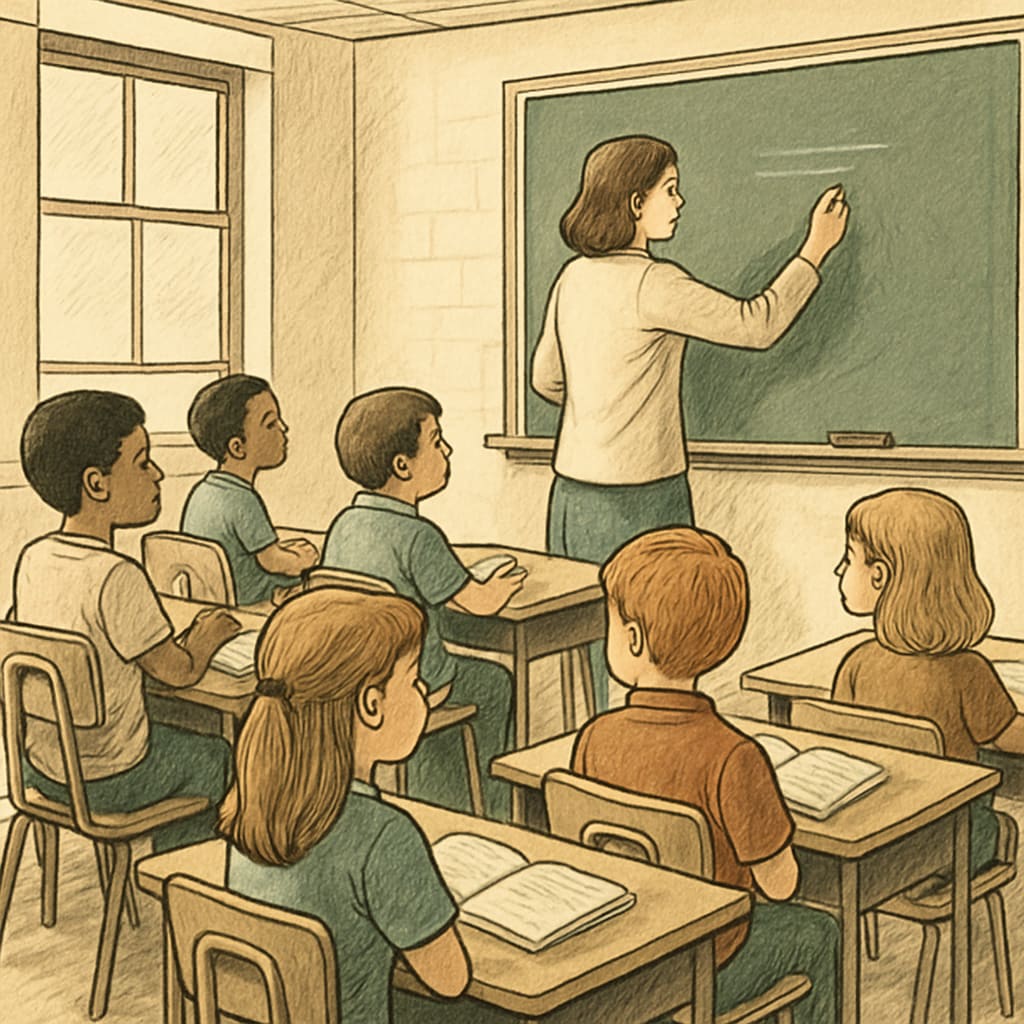Public education funding is increasingly under threat as organizations like Stand For Children push legislative measures to divert these critical resources away from public schools and into private facilities such as daycare centers and other private institutions. This growing trend of education funding privatization raises serious concerns about the future of equitable education, resource allocation, and the integrity of the public schooling system. While initially observed in Oregon, these practices are beginning to ripple across the nation, potentially affecting millions of students.

The Shift from Public Schools to Private Institutions
The redirection of education funding has profound implications. Public schools rely on these resources to maintain infrastructure, hire qualified teachers, and provide essential programs for students. When funds are diverted to private organizations, public schools often face budgetary shortfalls, leading to larger class sizes, fewer extracurricular opportunities, and reduced access to educational materials.
Stand For Children’s advocacy for policies that favor private institutions over public schools has sparked concerns. For example, legislation supported by the organization in Oregon reallocates state funds originally designated for public schools to private daycare centers. While proponents argue that these private facilities are vital for early childhood development, critics claim that such policies deprive public schools of the resources needed to serve the broader student population effectively.

Consequences of Education Funding Privatization
Privatization of education funding introduces several risks, including:
- Declining Educational Quality: Public schools affected by reduced budgets may struggle to maintain teacher salaries, resulting in a less qualified workforce.
- Resource Inefficiency: Private institutions often lack the oversight and accountability of public schools, leading to potential misuse or waste of funds.
- Systemic Fraud: Without stringent regulations, private organizations are more susceptible to financial mismanagement, which can undermine the purpose of public funding.
For instance, a report by Britannica highlights cases where privatized education initiatives have led to discrepancies in resource allocation, benefiting select groups while neglecting others.
Expanding Nationwide: The Oregon Case Study
Oregon serves as a cautionary tale for other states considering similar measures. In 2022, Stand For Children successfully lobbied for legislation that redirected millions of dollars from public school budgets to private daycare centers. Critics argue that this move prioritizes short-term childcare needs over long-term educational development. Furthermore, as states like Texas and California explore similar policies, the risk of widespread privatization grows.
Organizations such as Wikipedia’s overview of public schools emphasize the importance of preserving public education systems to ensure equal access and opportunity for all students.
What Can Be Done to Protect Public Education?
Combating the privatization of education funding requires collective action from policymakers, educators, and community members. Key steps include:
- Advocacy for Transparency: Demand clear reporting on how education funds are allocated and used by both public and private institutions.
- Strengthening Legislation: Support laws that prioritize public schools in funding decisions.
- Community Engagement: Mobilize parents, students, and educators to voice their concerns and push for equitable funding policies.
By addressing these issues proactively, stakeholders can help ensure that education remains a public good rather than a private commodity.
Conclusion: The privatization of education funding poses significant risks to the quality and accessibility of public education. Organizations like Stand For Children must be held accountable for policies that prioritize private interests over public welfare. As a society, we must remain vigilant in protecting public schools as the cornerstone of equitable education for all.


